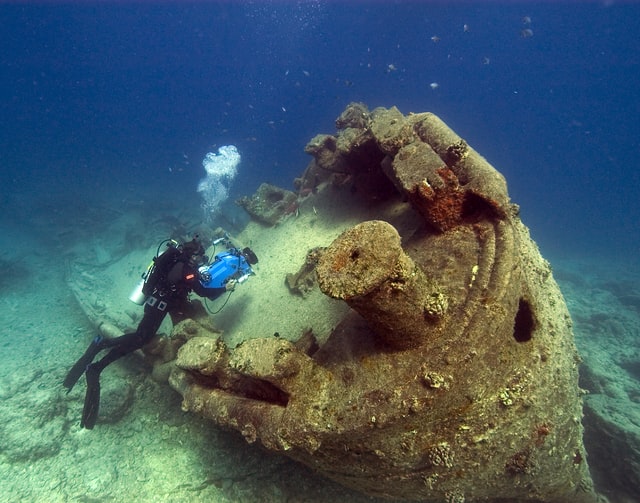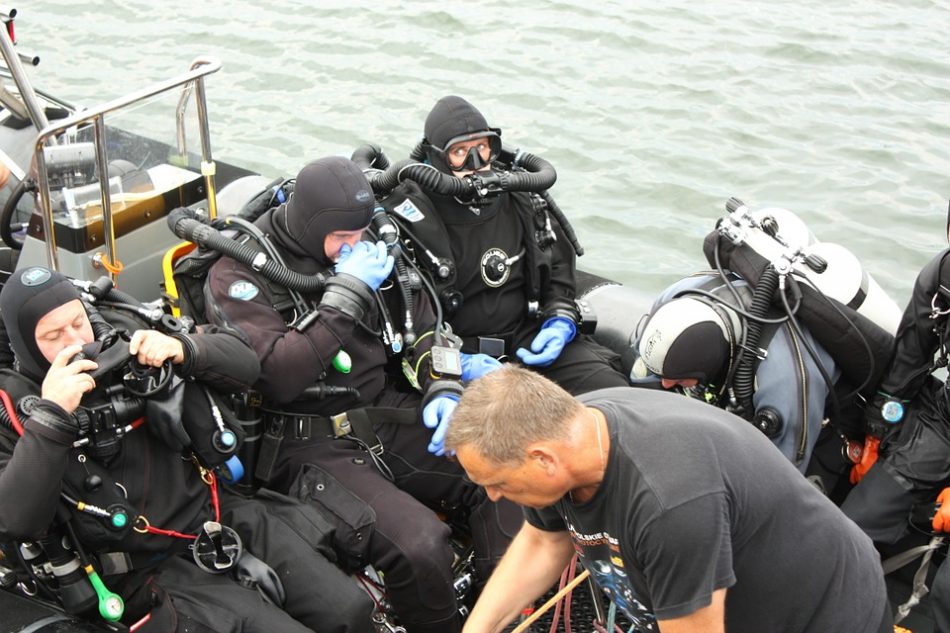Divers are also required to be responsible marine participants and follow the navigation rules. Extending our collection of educational materials on the Regulations of Navigation, we’ll take a glance at the rules that divers should respect at sea. Divers are among the most regular users of the nIS program (Nautical Information Service). They are frequently confronted with the need to report anomalies in marine traffic. Because they are frequently in danger themselves. The following are the regulations that divers must stick to.
Mark the diving area
The diving area must be clearly designated. Either by putting an orange or red buoy in the center of the diving area or by displaying a large diving flag aboard the diving vessel. Diving is forbidden in regions of the internal sea waters in which there is a lot of traffic, such as ports, port approaches, and port anchorages.
The maximum allowable depth for scuba diving
The maximum allowable depth for scuba diving in sports and recreational diving is 40 meters. In line with the Regulations on underwater activities, diving in protected zones requires permission. Diving can be organized or done on an individual basis, as long as the laws are followed.

The diving organizer might be a diving center, diving organization, and diving club. Or any other natural or legal entity that is registered to perform underwater activities in the location where you intend to dive.
Individual diving is only permitted with an individual diving license granted by the Harbor Master’s Office/branch office.
To get a permit for individual diving, you must pay the fee set forth in the undersea activities regulation. The nearest Harbor Master’s Office can give you the more detailed information you need at the place where you intend to dive.
Thank you for reading. Check out this text related to experts warning about our Oceans.
